Fashion
Marie Claire editors travel the world to bring you the latest fashion news, shopping tips, and fashion trends.
Explore Fashion
-

Scarlett Johansson Styles a Sheer Summer Dress Like a Pro
She's been loyal to this pattern since 2019.
By Meguire Hennes Published
-

Mary-Kate Olsen Breaks All the Hamptons Style Rules
Where everyone else wears sundresses, she wears sweatpants.
By Halie LeSavage Published
-

I’m a Shopping Editor—These Are the Only Early Fourth of July Sales Worth Checking Out
J.Crew, Madewell, and Gap top my list.
By Brooke Knappenberger Published
-
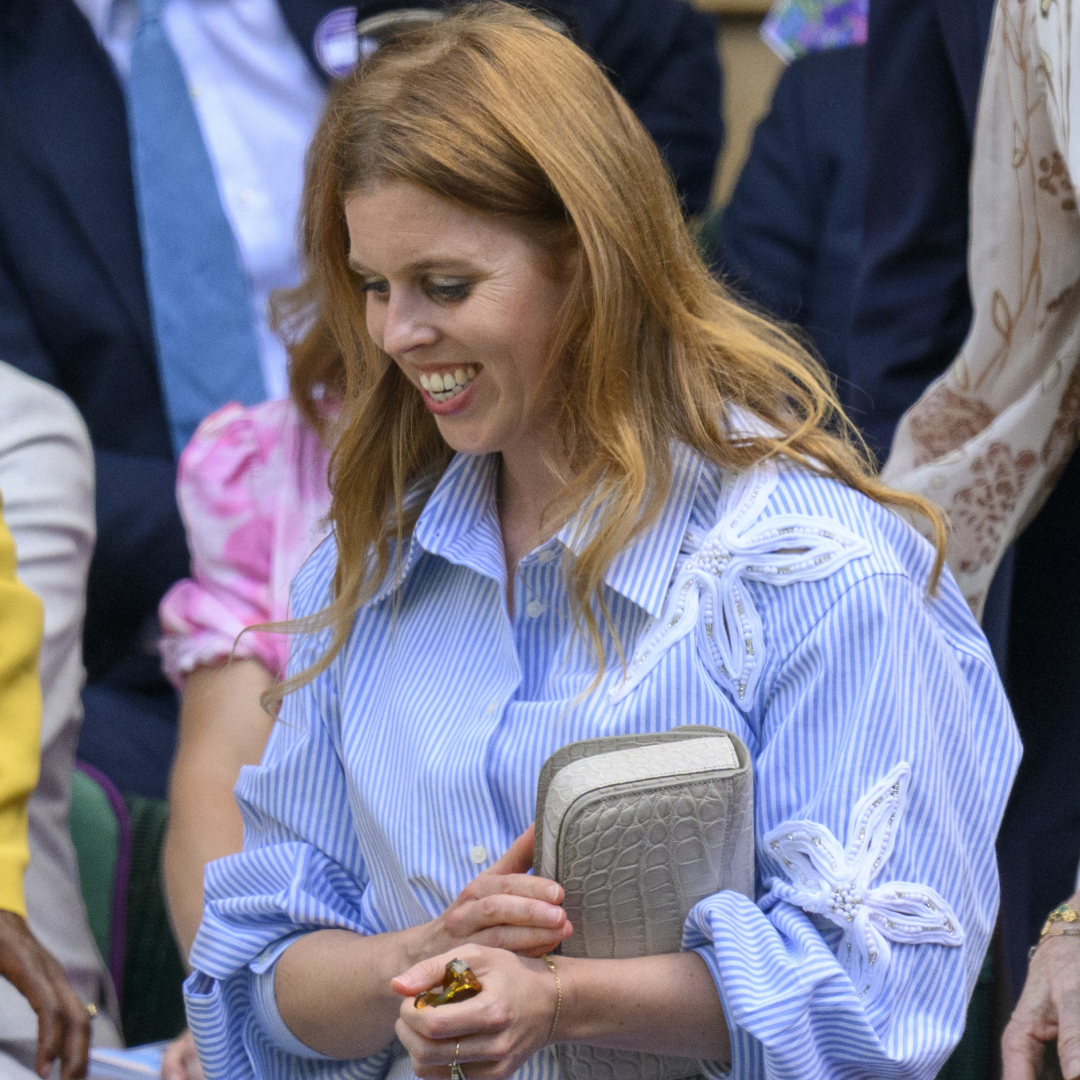
Celebrities Are Serving Their Best Tennis Fashion at Wimbledon
It's only day two, but the Centre Court style is heating up.
By Halie LeSavage Last updated
-

Priyanka Chopra and Kendall Jenner Endorse the Same Bag Trend on the Same Day
The summer's It-bag is itty-bitty.
By Meguire Hennes Published
-

Naomi Campbell Swaps Her Heels for a Celeb-Endorsed Sneaker
It takes a special shoe to get a supermodel's endorsement.
By Meguire Hennes Published
-
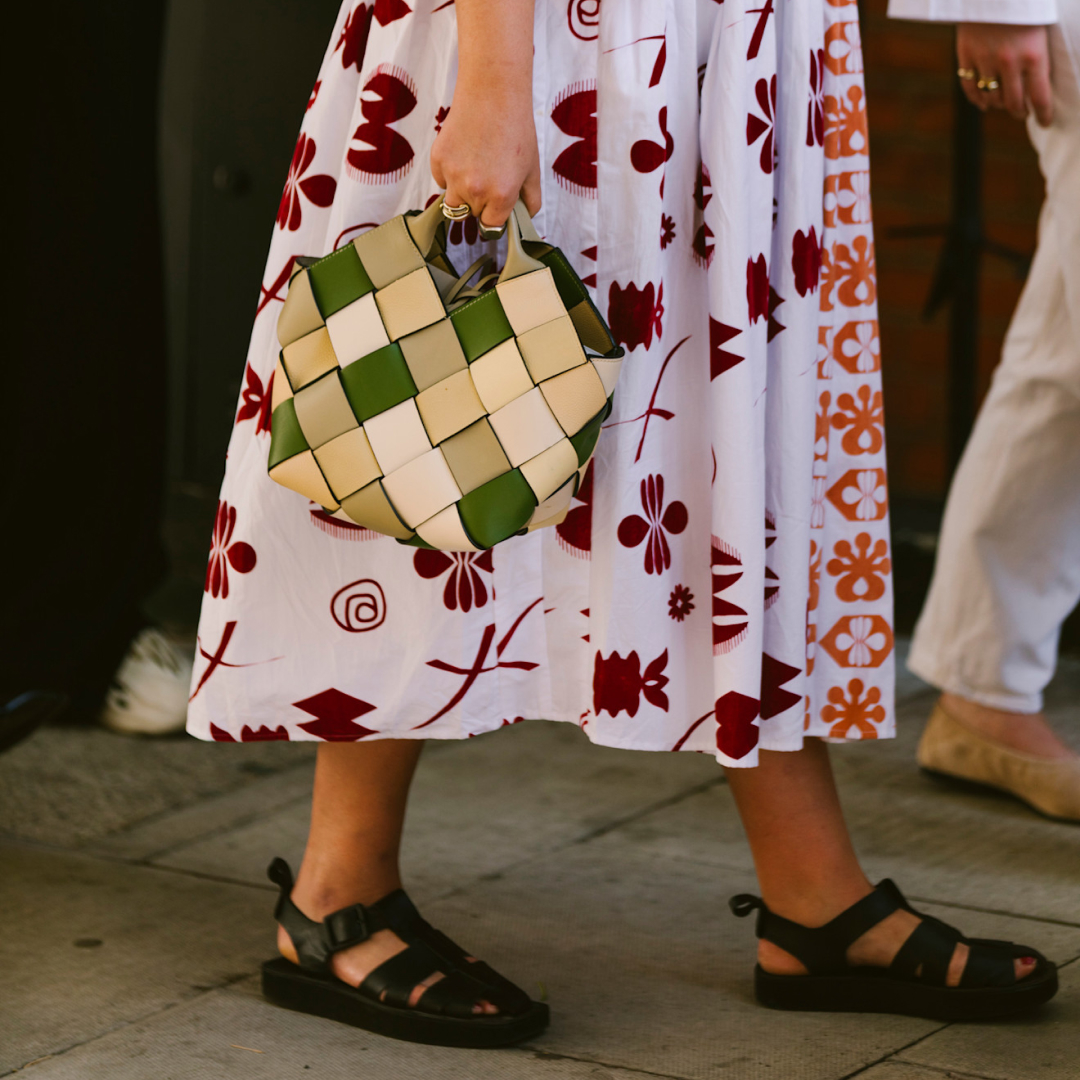
Fisherman Sandals Are the Anti-Flip-Flop Shoes City Girls Swear By
Don't be the last to catch on.
By Emma Childs Last updated
-
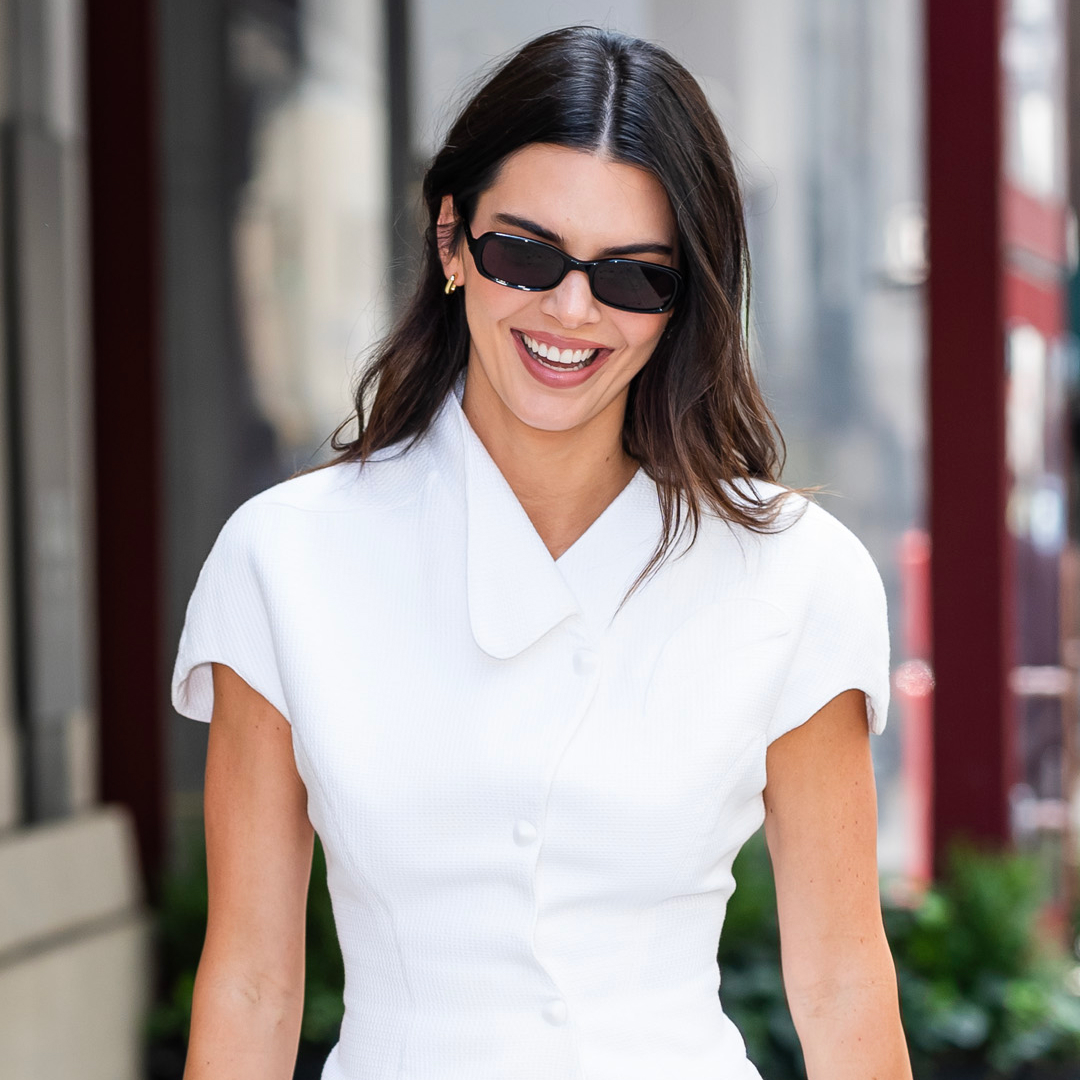
Kendall Jenner and Taylor Swift Agree: Coin Purses Are Back and Tinier Than Ever
Coach signaled its comeback during the Spring 2025 circuit.
By Meguire Hennes Published
-

These Celeb and Editor-Loved Deals Just Dropped on Amazon
Beat Prime Day to the punch and snag the fashion-and-beauty scores before the rush begins.
By Julia Marzovilla Published
-

Olivia Rodrigo Gives a Spice Girls Classic Her Grunge Makeover
We need a Rodrigo x Spice Girls collab, ASAP.
By Meguire Hennes Published
-

Doechii Takes Center Stage at Glastonbury Wearing an It-Girl Homage
True fans will recognize this collection.
By Meguire Hennes Published
-
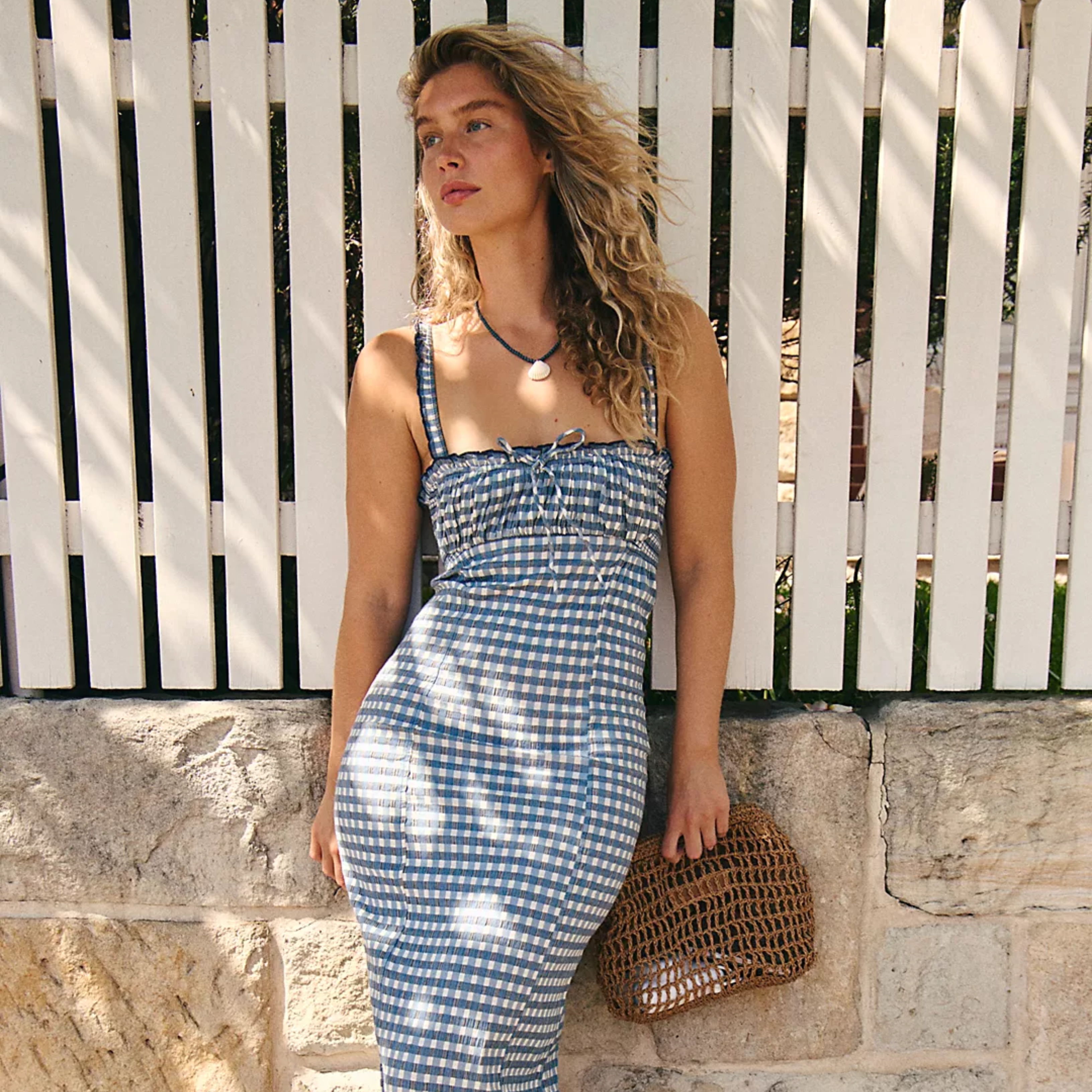
Fashion People Are Living in This Dress Print Through Labor Day
Gingham is summer 2025’s breakout print.
By Lauren Tappan Last updated
-

Natalie Portman Chunky Sneakers Are a Worthy Opponent for Dakota Johnson's Favorites
There's a new sneakerhead in town.
By Meguire Hennes Published
-

3 Outfit Formulas I Wear on Repeat Throughout the Summer
From an office-friendly uniform to a casual weekend look.
By Nikki Ogunnaike Published
-

Kylie Jenner Catches a Flight in Vintage Cheetah Print and a $54,000 Watch
She'd never put this timepiece in her checked bag.
By Meguire Hennes Published
-

Kendall Jenner Travels in the Last Shoe I Expect at the Airport
I'm convinced to leave my sneakers behind.
By Halie LeSavage Published
-

Linen Dress Outfits to Conquer the Next Heat Wave
Easy combinations you can rely on.
By Julia Marzovilla Published
-
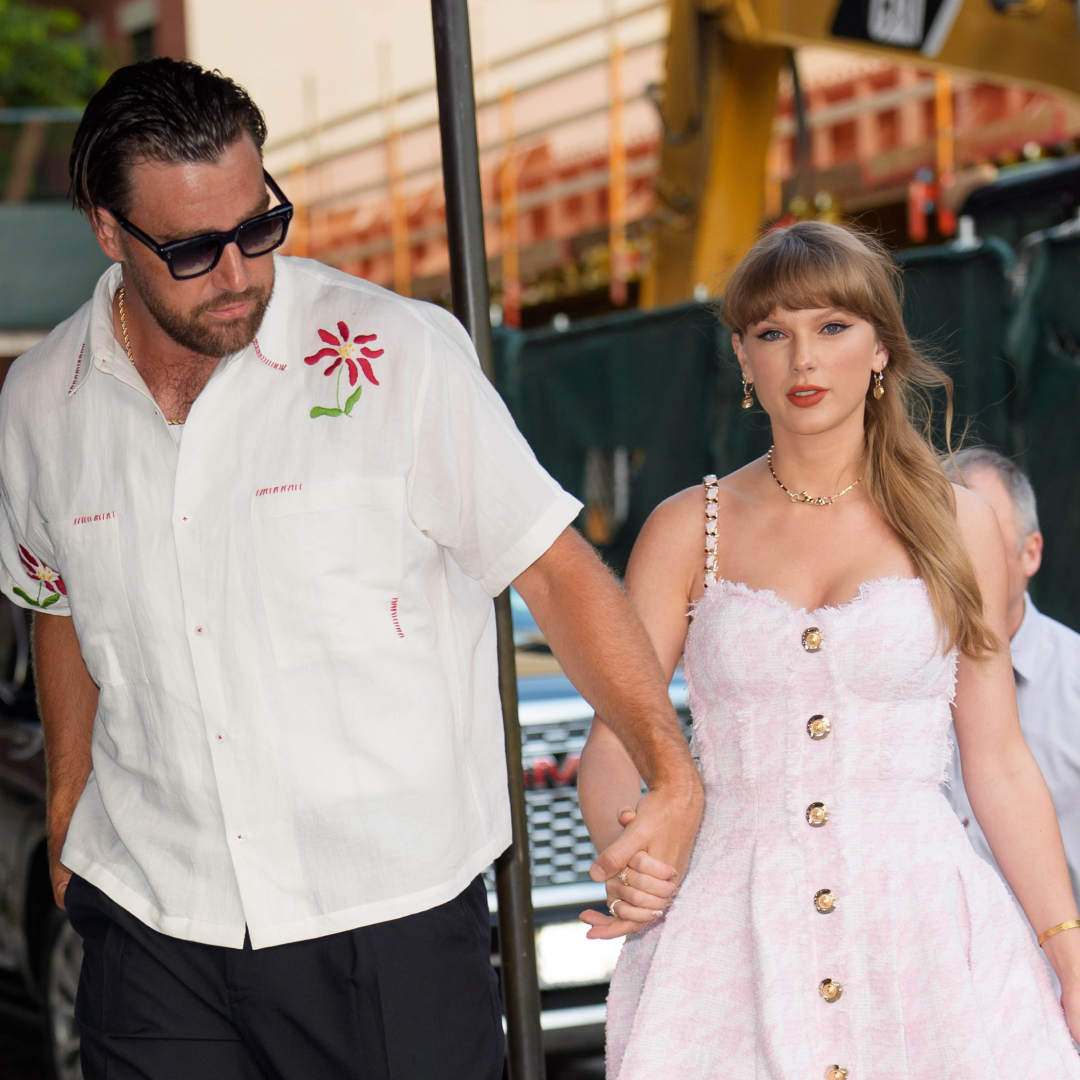
Taylor Swift Frosts Her Summer Dress With a $22,500 Necklace
Her Cartier streak continues.
By Halie LeSavage Published
-

OMEGA'S Aqua Terra 30 mm Signals a New Era in Women’s Watches
The legacy brand celebrates a fresh, feminine chapter in precision watchmaking.
By Sara Holzman Published
-

Kendall Jenner Swaps Vintage Mugler for a Tank Top
The model is an expert at high-low dressing.
By Amy Mackelden Published
-
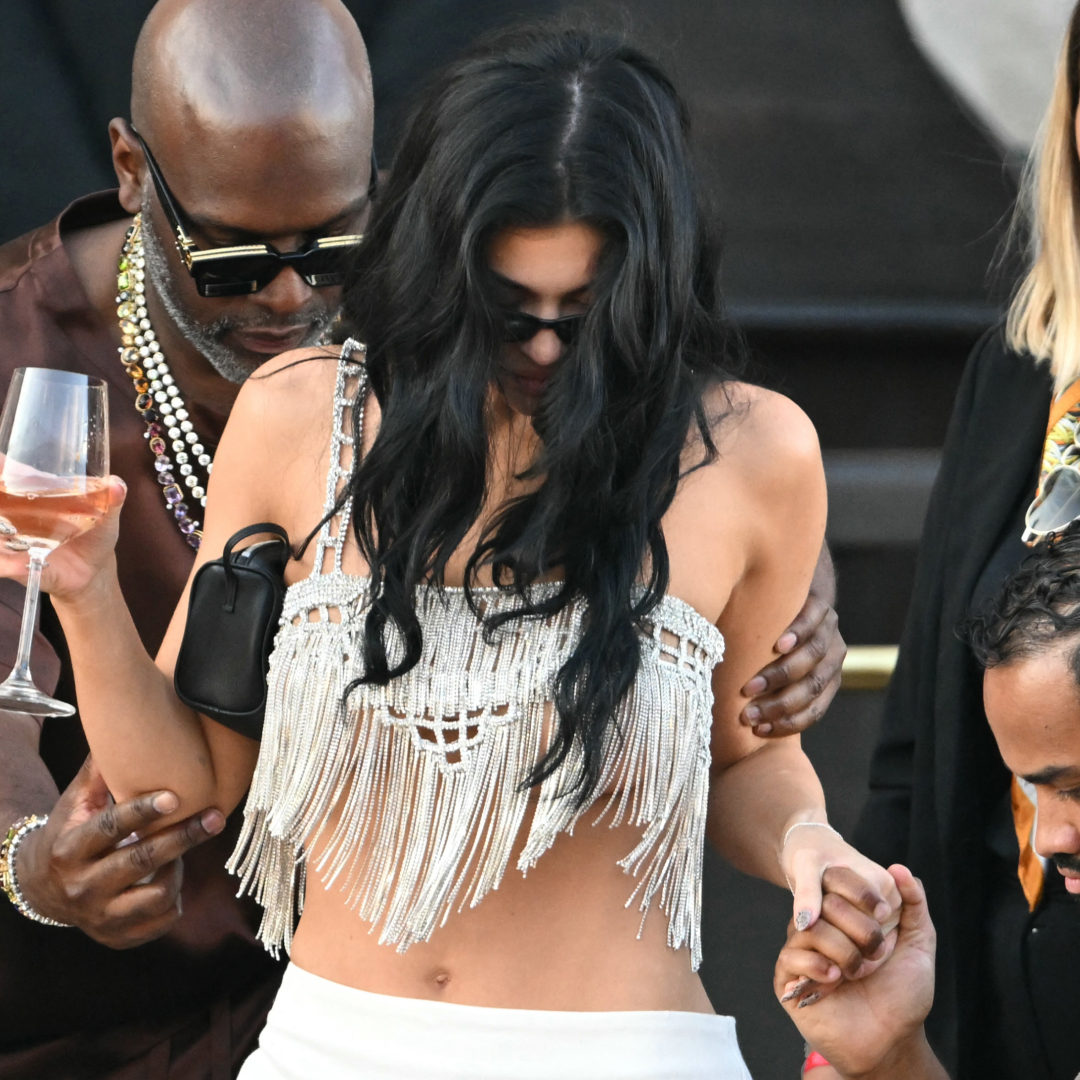
Two Rare The Row Bags Are Kylie Jenner's Plus-Ones in Venice
Her $54,000 celeb-beloved watch was also in attendance.
By Amy Mackelden Published
-

Rihanna Pairs Her Custom Chanel Set With Diamond Jewelry
The singer's outfit—adorned with feathers and crystals—wouldn't stop sparkling.
By Amy Mackelden Published
-

Kim Kardashian Throws It Back to 1996 in Archival Versace
The vintage gown was originally worn on the runway by Claudia Schiffer.
By Amy Mackelden Published
-
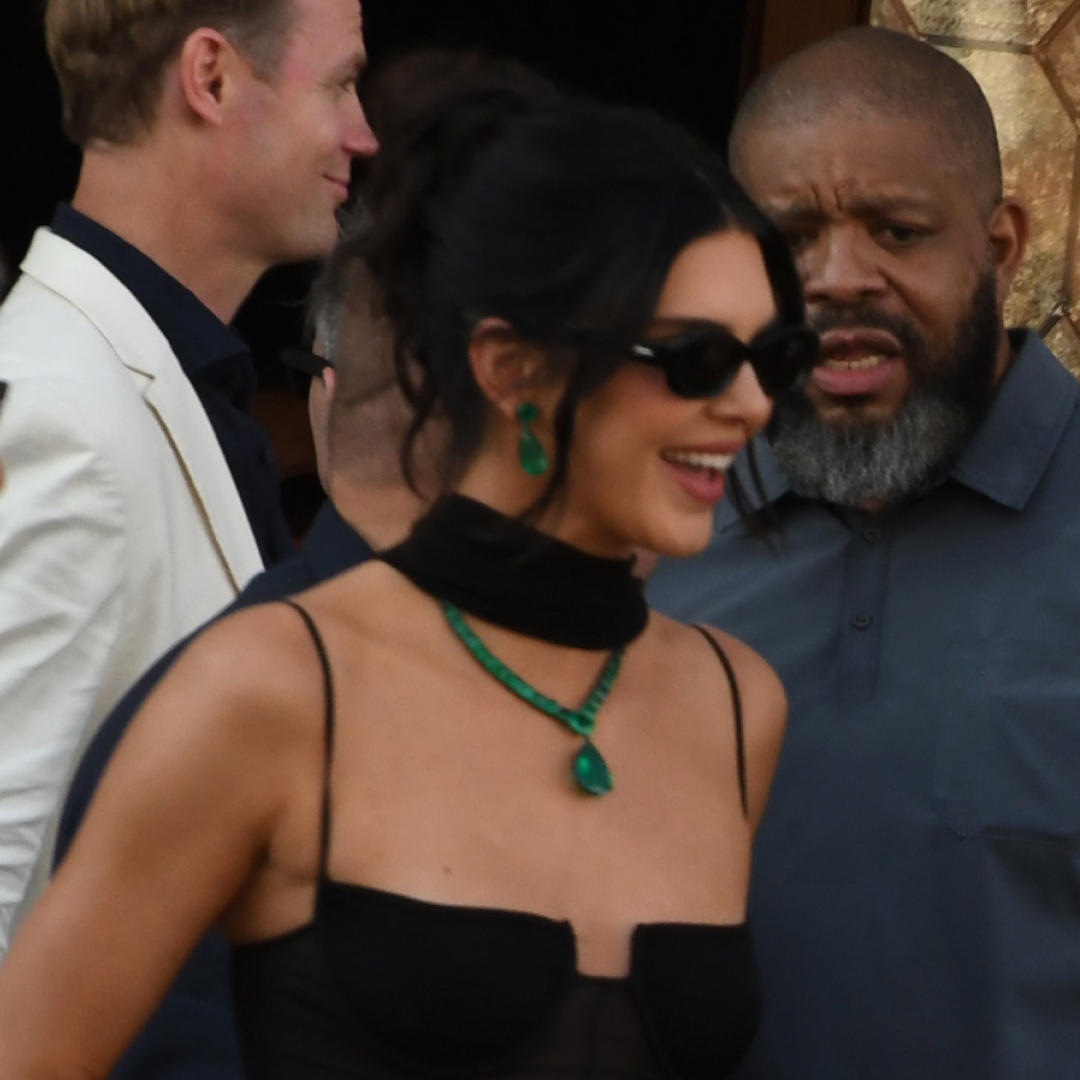
Kendall Jenner Styles Her The Row Bag With Archival Tom Ford
Sister Kylie Jenner opted for a lace-up corset dress from a famous Khy collaborator.
By Amy Mackelden Published
-
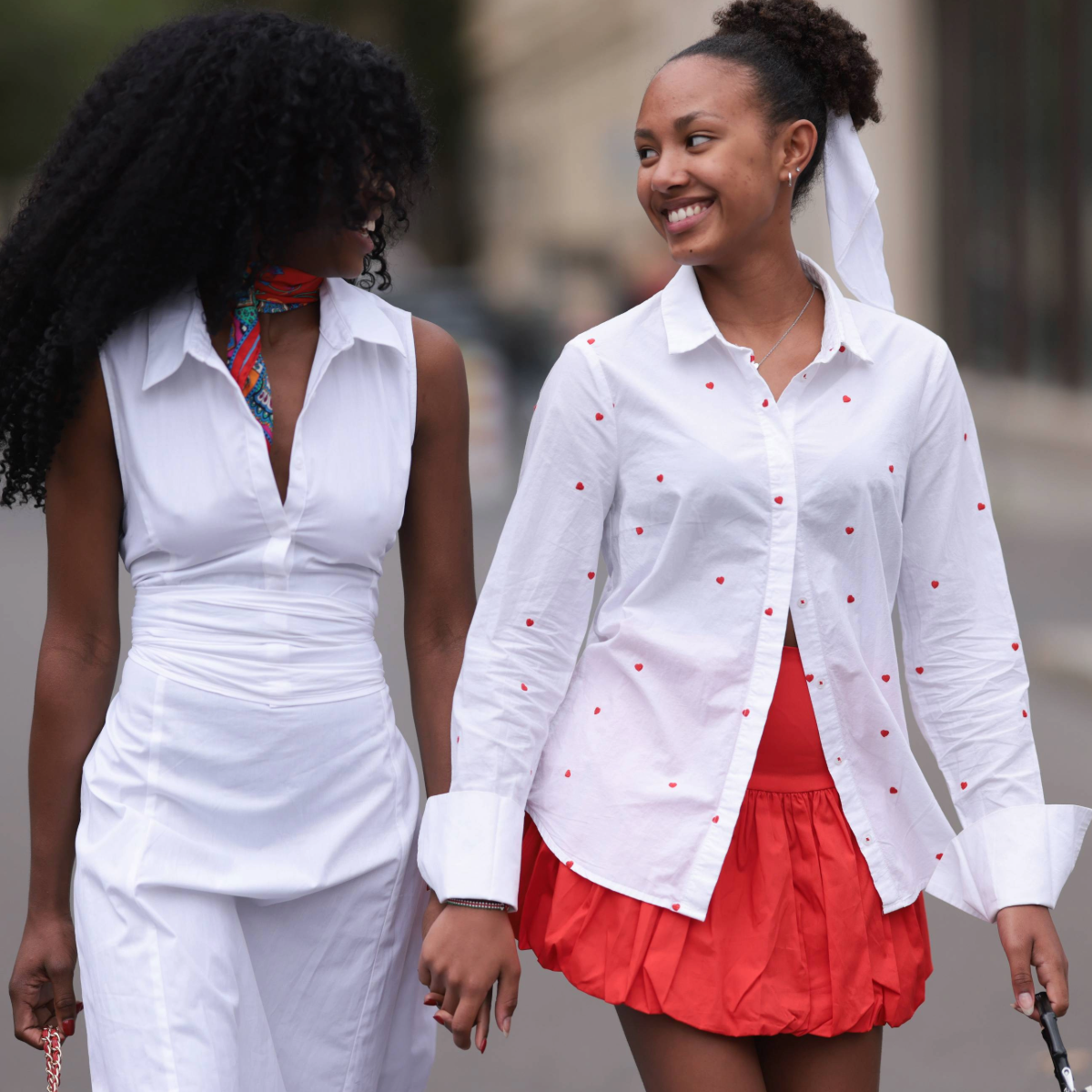
I Created 10 Easy Fourth of July Outfits That Are Actually Chic
Here's your one-way ticket to earning "best-dressed."
By Brooke Knappenberger Published
-

The Best Celeb-Approved White Tanks
Copy Dakota Johnson, Rihanna, and Hailey Bieber’s go-to basics.
By Meguire Hennes Published



